The best things never obsolete, they advanced with the passage of time and the coming of technologies. Similarly, websites that were the center of attention many years back lost their stardom with the advent of mobile applications and technology. As mobile apps are still the center of attraction and attention, obsoleting websites was not possible […]
Updated 1 February 2024

VP - Delivery at Appventurez
The best things never obsolete, they advanced with the passage of time and the coming of technologies. Similarly, websites that were the center of attention many years back lost their stardom with the advent of mobile applications and technology.
As mobile apps are still the center of attraction and attention, obsoleting websites was not possible as users often search for the website for authentication. Hence, a mid path was required to take things back on track.
Thus, the midway was- PWA or Progressive web apps. This way, the website made their comeback to the users’ smartphone with the best of features and functionality while providing all the comfort and convenience.
So, making a space in the smartphones of the users, websites with a more advanced version called PWA entered the scene and made everything great back again.
Now, users can access the organization, a shopping brand, or anything from a PWA while accessing each feature greatly. The smart and advanced version of the website has now taken the smartphones and these PWAs are gaining a lot of popularity.
As PWAs are gaining popularity, the methods of creating apps from various progressive web apps frameworks are also coming into play.
Here in this blog, we will be exploring various progressive web application frameworks to let you choose the best one for your PWA application.
But before getting started, let us have a look at why PWA and why are we praising it continuously.
Meanwhile, there is more information about PWA and its related branches. Get a closer look at what is progressive web application, its benefits, features, components, characteristics, and others in our blog called- Things You Need to Know About Progressive Web Applications.
Completing the blog, you will be equipped with an in-depth understanding of PWA. keeping the same thought in mind, let’s get started with the Progressive web apps frameworks.
Google introduced Angular in the year 2009 is by far the popular framework used by the Progressive web apps. Its structure is made from JavaScript for creating reliable, responsive, and robust mobile apps.
Progressive web app Angular is great for single-page applications because of its DOM. It can simply suggest the structure required for the application, also the suggestions it got is based on a huge project network.
Also, it has got a two-way data binding feature making it developers look for real-time synchronization between the model and the video, where each change is reflected instantly on the view.
Angular, best frameworks for progressive web apps is highly used for enterprise mobility app development solutions and with the release of Angular 8, PWAs app development becomes way simpler and easier.
This version of Angular 8 with inbuilt features meant for creating responsive and reliable PWAs. Also, it is great for those websites in which content changes dynamically baked-on user behavior and preferences. Get an understanding of angular answering why and when to use Angular.
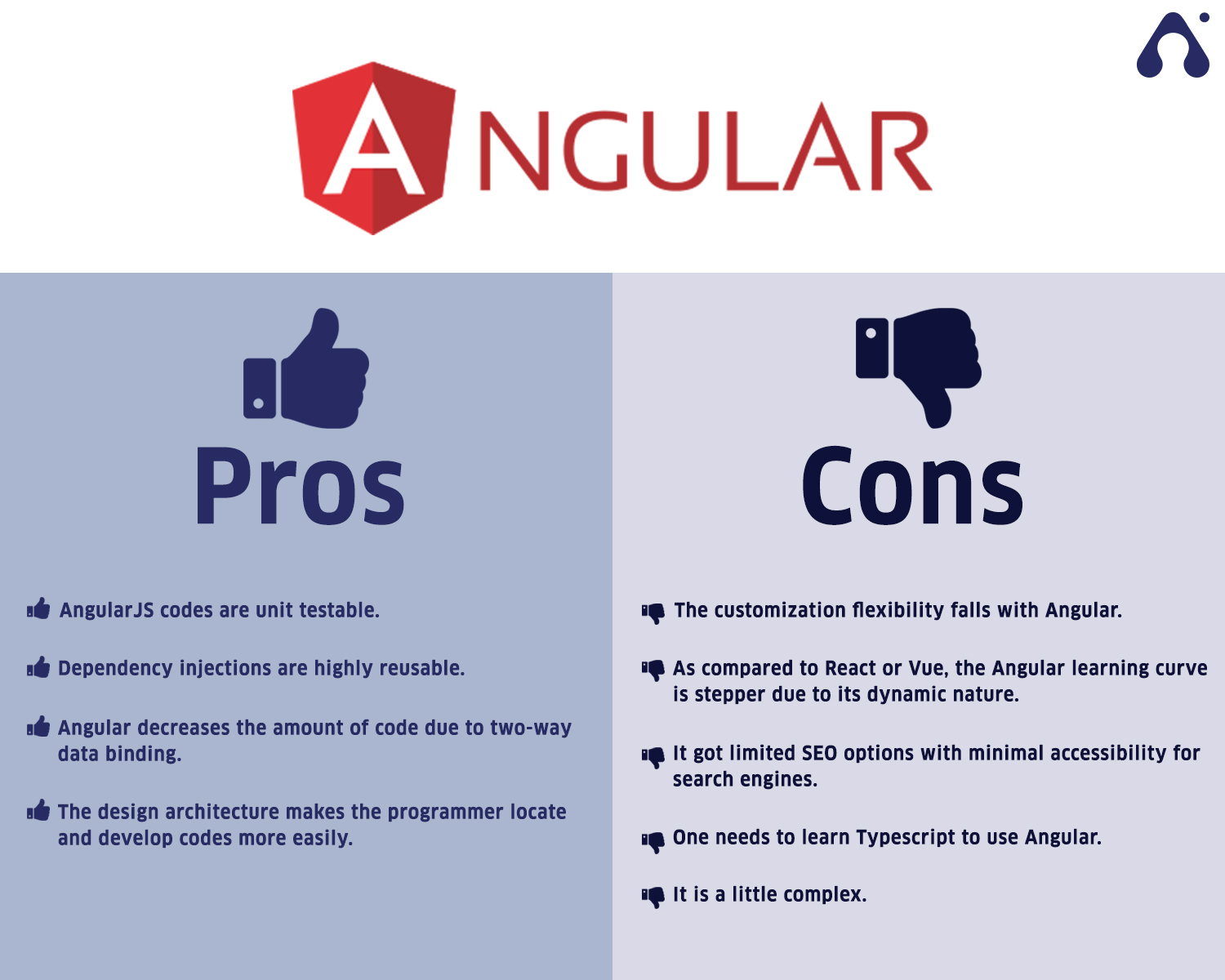
Introduced back in 2013, Ionic is an open-source framework whereas Google has developed it for front end development too and was launched in the year 2017.
Ionic uses Cordova for implementing native elements with HTML 5 for developing hybrid apps too. It is developed as the front end framework made to manage all the UI along with keeping in consideration “look and feel” elements of the application.
One of the next best frameworks for progressive web apps Ionic is great due to its open-source framework functionality, it is used for both purposes- personal and commercial.
Ionic, progressive web apps framework for PWA development is highly used by developers due to its straightforward designing structure. These applications can even run on slower networks while providing faster installation times.
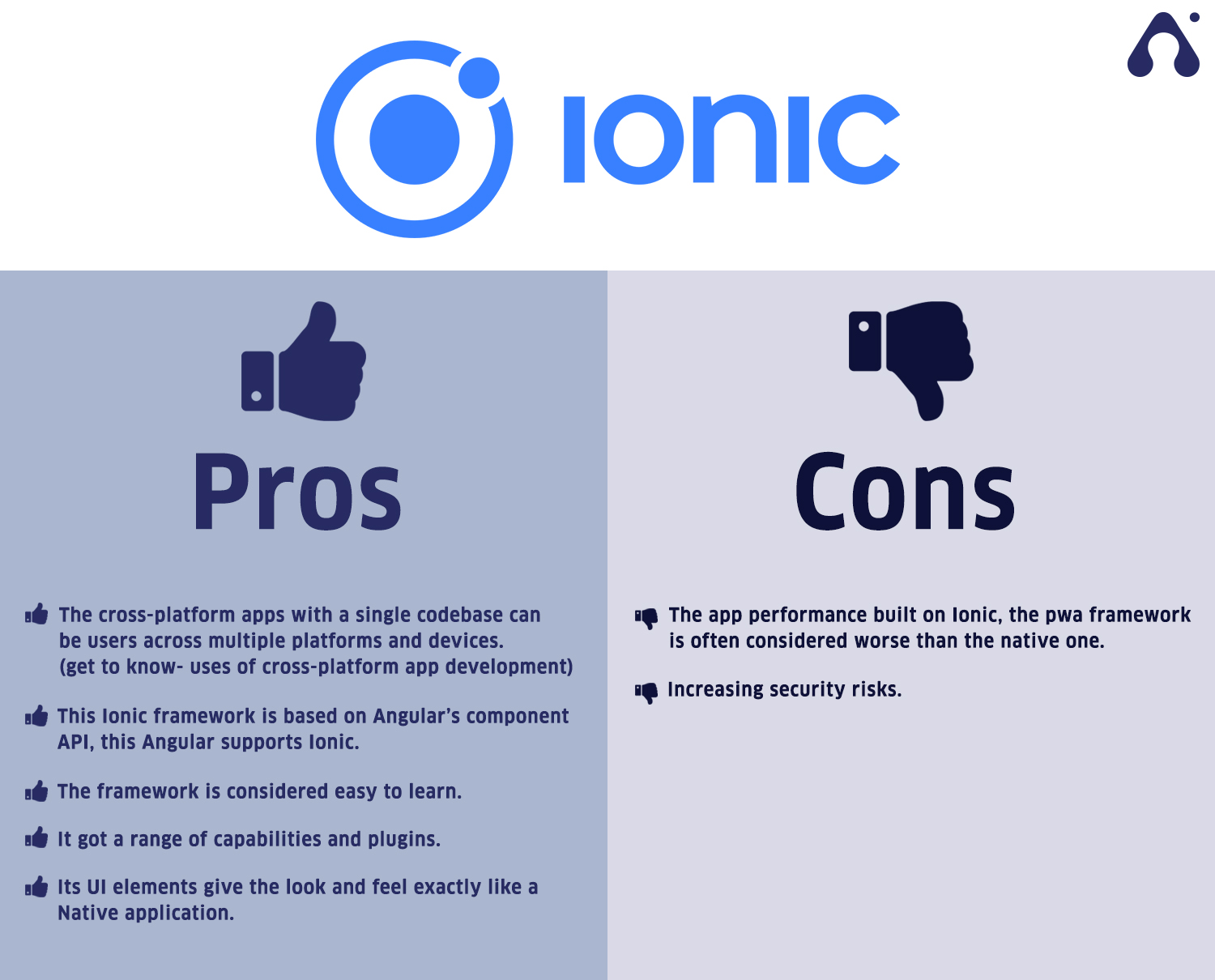
Backed by Facebook, React PWA is one of the next and most used web app frameworks. It is liked by developers because of its JavaScript library. It was introduced to divide the UI into various collections of reusable components.
It is highly used for its Virtual DOM capabilities making it a perfect option for apps that demand stable release for catering huge user volumes.
If one is willing to opt for single page web applications or PWAs, using React can offer the feel and look of both native and web apps. Also, it does not require a lot of revenue for developing PWAs.
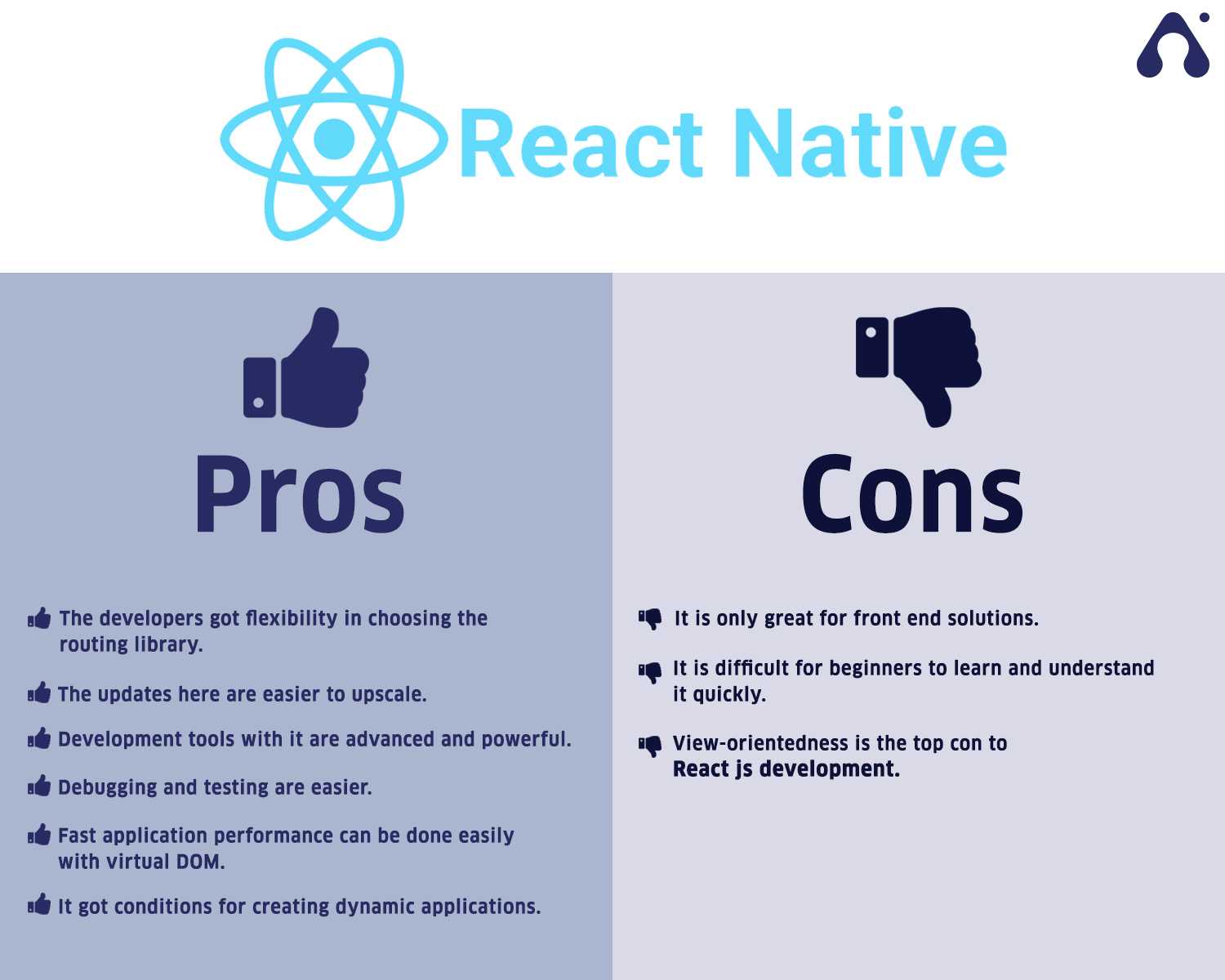
Developed by Google, Polymer got a range of tools, templates, and web components. With such things, Polymer pwa is seen as the top choice for PWA development.
The browser it has is packed with the ecosystem along with features and new APIs with every update. Polymer’s outlook toward front end development makes it an outstanding choice for top progressive web app frameworks.
Polymer when comparing it with jQuery, React PWA or progressive web app Angular, promotes the original platform of the web. The framework aids developers to make use of reusable web components without bloated functions. It is also considered as Progressive Web apps future when developers can easily add functionality with just a click whenever required.
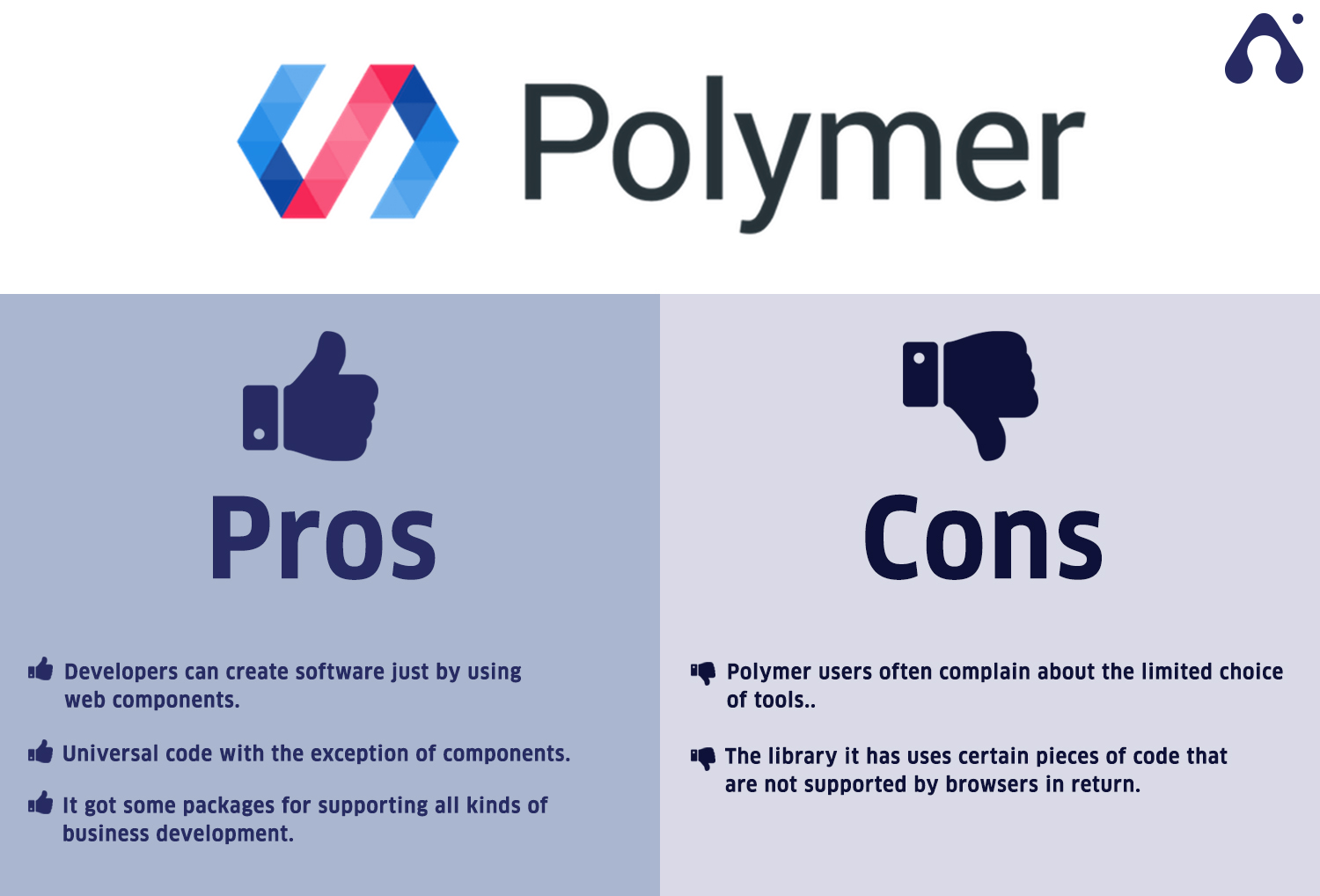
Vue is a newcomer in front of Angular and React. With its release in the year 2014, Vue has grown and become one of the top front end frameworks. It is used for developing interactive web applications. It is used maximum by companies for integrating and using it for front end development.
A maximum number of developers use it because of its capability to function on top of the designed structure. The applications made using Vue, progressive web apps frameworks are smaller in size as compared to the other apps making the app perform better and smoothly.
The documentation in it is easy and simple. All it takes developers is to learn CSS and HTML basics.
Vue progressive web app objective is to provide benefits of reactive data binding and composable view components with API. It has got a view layer that is flexible yet straightforward making it one of the topmost progressive web app frameworks.
Vue js creates the right balance between high-level design and security specifics. Also, when it comes to an app that can be integrated with other applications, Vue is seen as the top choice. Also, if you are willing to create prototypes, one can simply go ahead with Vue chosen as progressive web application frameworks.
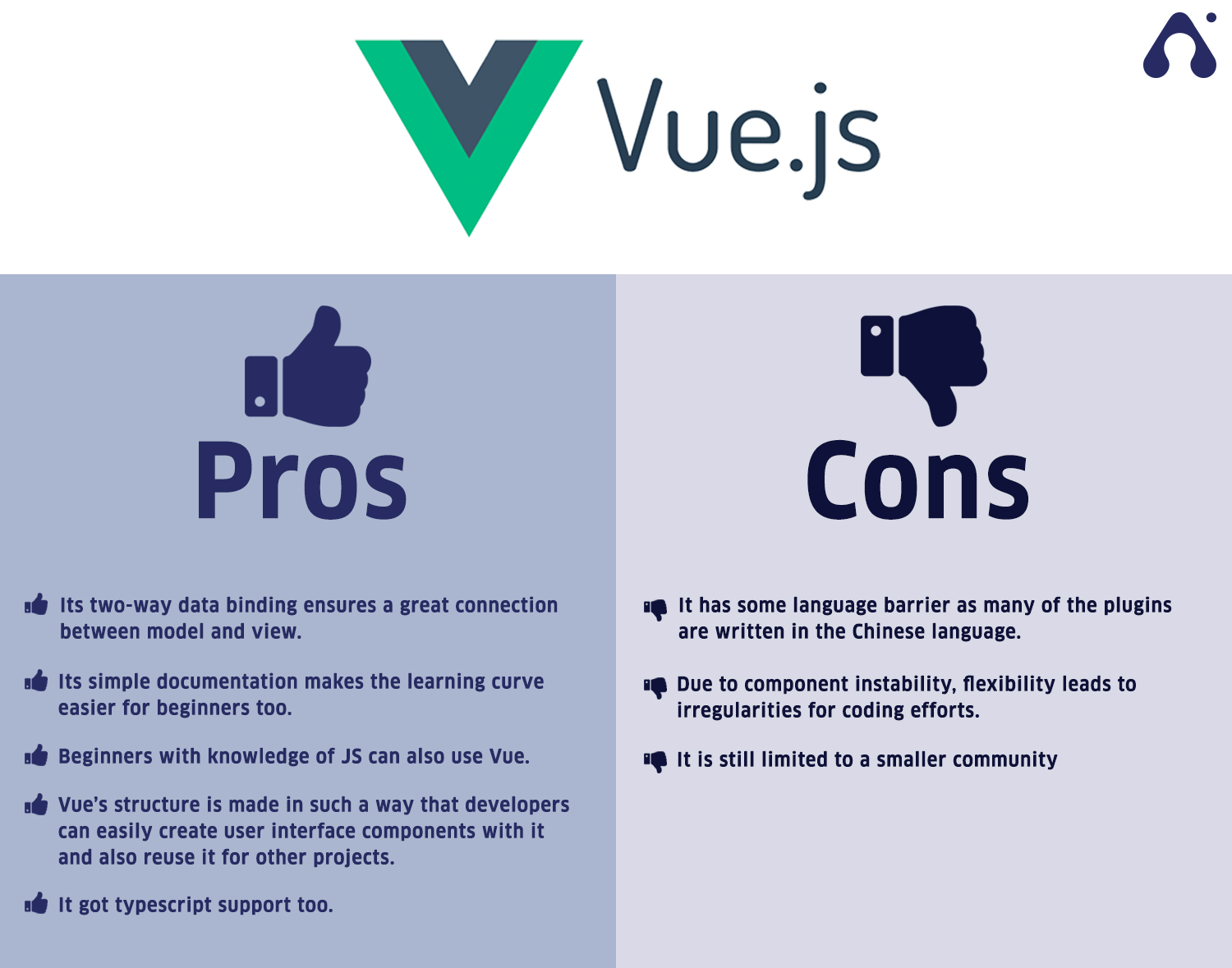
Undoubtedly, progressive web application frameworks are instrumental in PWA development, yet the critical task lies in choosing the most fitting framework for the PWA app.
The market is flooded with a multitude of PWA technologies and top tools, making the selection process a formidable challenge. To pinpoint the right and most suitable framework, it’s essential to grasp each framework’s capacities, features, solutions, size, complexity, expected scalability, and interactive elements—all of which collectively influence the decision-making process.
Equally crucial is evaluating the size, expertise, maturity, and maintenance capabilities of the development team. Their proficiency in handling upgrades and modifications as needed is paramount.
Before committing to a framework, there are additional factors related to technology that demand consideration. For an in-depth understanding, connect with our PWA experts at our web application development company. They can provide valuable insights to guide you in getting started with your project.


Elevate your journey and empower your choices with our insightful guidance.

VP - Delivery at Appventurez
Expert in the Communications and Enterprise Software Development domain, Omji Mehrotra co-founded Appventurez and took the role of VP of Delivery. He specializes in React Native mobile app development and has worked on end-to-end development platforms for various industry sectors.
You’re just one step away from turning your idea into a global product.
Everything begins with a simple conversation.